Berlin Victory Column
A monument to the three wars that led to German unification towers within a Berlin traffic circle.
This slender tower rises within a traffic circle. But it’s more than just a gigantic, climable roadside attraction. It’s actually an iconic monument to three major events in Germany’s history.
Originally conceived as a monument to victory in the Danish-Prussian War, by the time of its inauguration in 1873 the monument took on a new significance also honoring victories in the Austro-Prussian, and the Franco-Prussian Wars. Together, these three were used by the Iron Chancellor, Otto von Bismarck, to unify the individual principalities and kingdoms inside the area now known as Germany.
The column’s original location was in front of the Reichstag, but it was moved prior to World War II. This was to clear the space for Adolf Hitler’s ambitious project to make Berlin the “world capital” of Germania. The Reichstag building was to remain, but only to be dwarfed by a giant domed hall that was supposed to be built next to it as the northern terminus of an extremely wide avenue lined with gargantuan buildings.
The column would have both been in the way and lost in this vast space. Thus, it was moved, and also made higher in the process. Its previous location was bombed extensively during the war, but the column, thanks to its new location, survived. There are pockmarks in some places where it appears to have been hit by shrapnel, but it otherwise endured the war. In fact, after the Battle of Berlin, Polish troops erected a flag from its top. The golden ornaments are, in fact, Danish and French cannons that had been won in the wars that the column commemorates. The statue on top depicts Victoria, Roman goddess of victory, but Berliners call it Goldelse (“Golden Elsie”). It features prominently in Wim Wender’s famous 1987 film Wings of Desire: an angel, played by the late Bruno Ganz, sits on Victoria’s shoulder and gazed down on Berlin, then still a divided city.
At nearly 230 feet (70 meters) high, the structure provides a panoramic view to those who brave its 285 steps. The narrow staircase has a few landings for rest but is a particularly challenging climb. It sits inside a traffic circle and was envisioned as one of the grand entrances to the city. Four pedestrian tunnels make access easy but any who are brave enough can also cross the roundabout as well.
Know Before You Go
Climbing the spiral staircase to the top of the tower requires a fair amount of physical fitness.



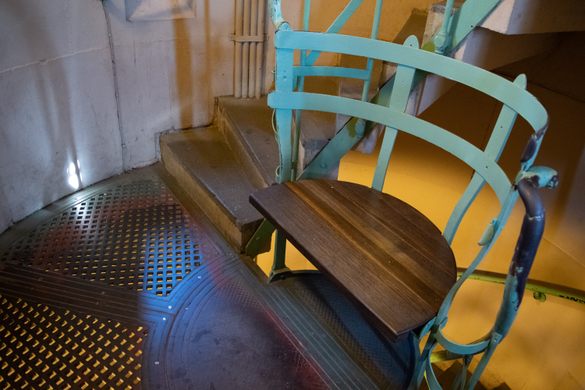




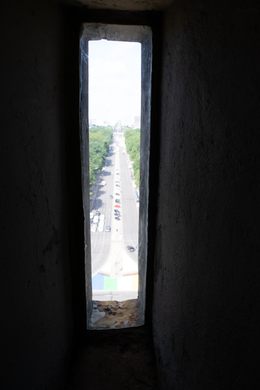


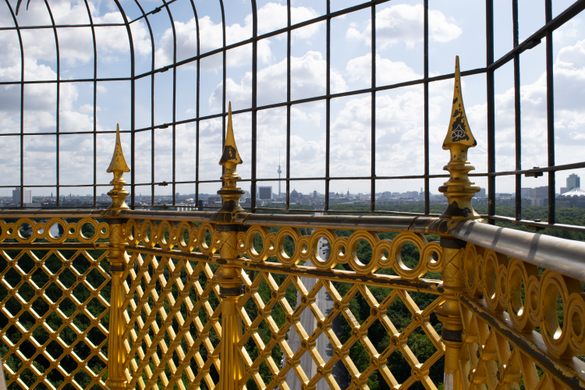
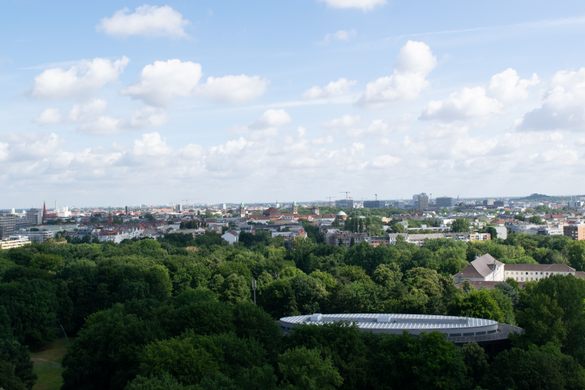
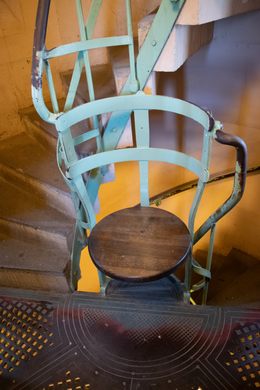
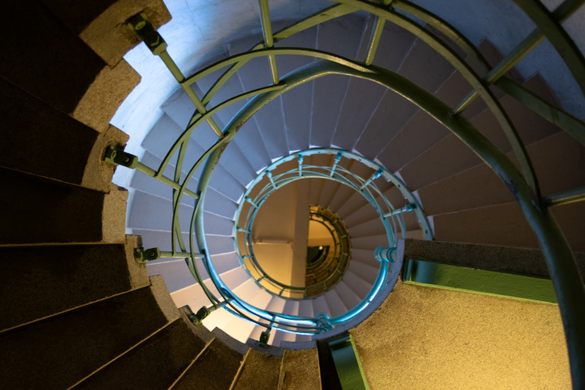
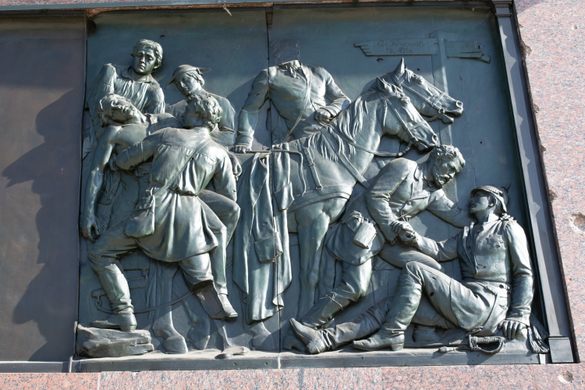
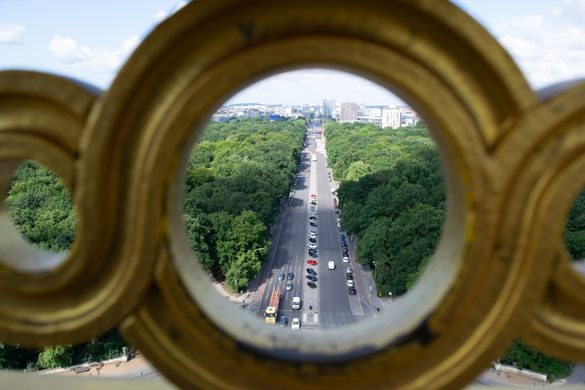







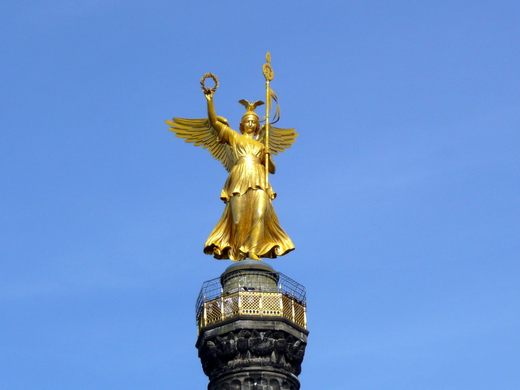
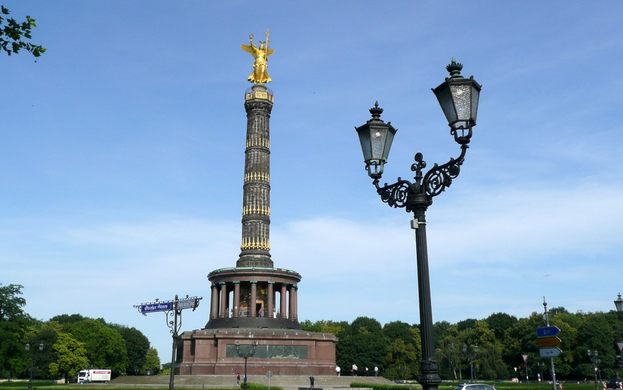




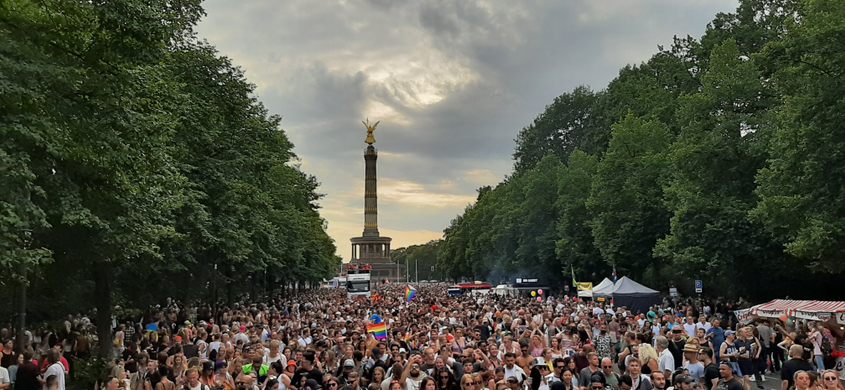












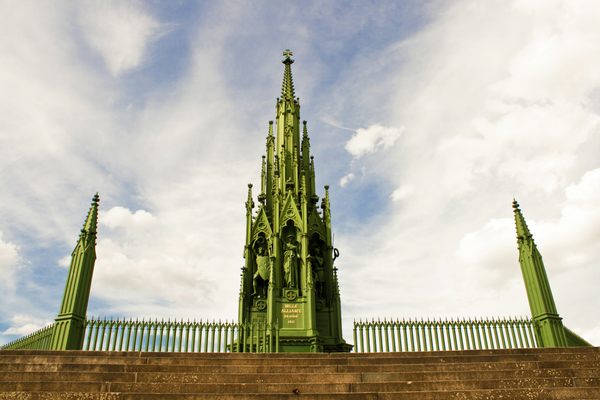




Follow us on Twitter to get the latest on the world's hidden wonders.
Like us on Facebook to get the latest on the world's hidden wonders.
Follow us on Twitter Like us on Facebook